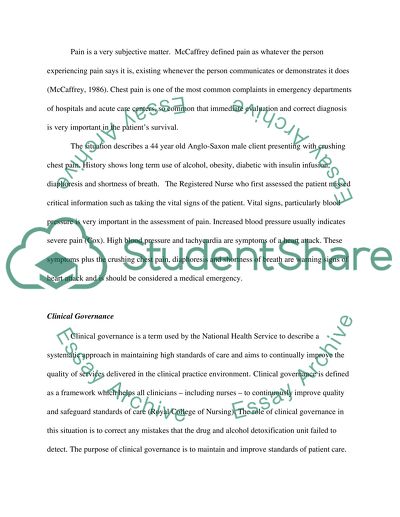Cite this document
(“Clinical Scenario with Structured Questions Essay”, n.d.)
Retrieved from https://studentshare.org/nursing/1428133-clinical-scenario-with-structured-questions
Retrieved from https://studentshare.org/nursing/1428133-clinical-scenario-with-structured-questions
(Clinical Scenario With Structured Questions Essay)
https://studentshare.org/nursing/1428133-clinical-scenario-with-structured-questions.
https://studentshare.org/nursing/1428133-clinical-scenario-with-structured-questions.
“Clinical Scenario With Structured Questions Essay”, n.d. https://studentshare.org/nursing/1428133-clinical-scenario-with-structured-questions.


